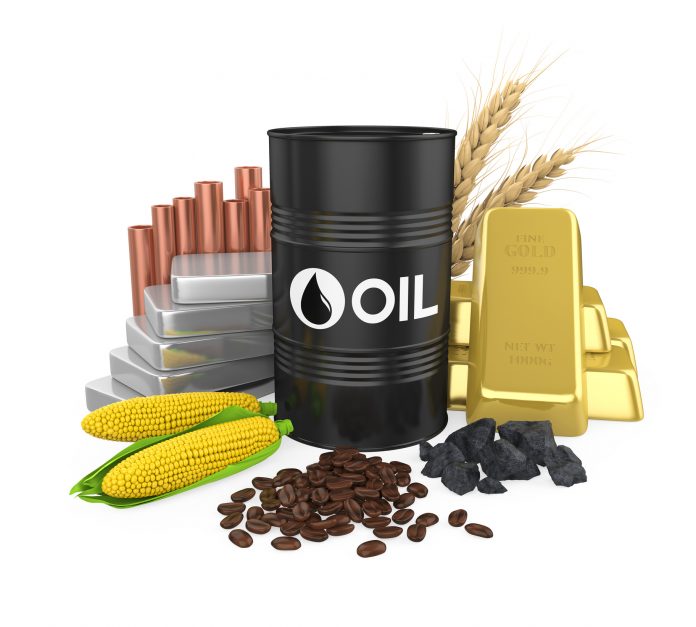Oil prices recuperated from a three-month low on tight supplies and improved demand. The benchmark US NYMEX futures gained more than 15 percent from its August lows taking prices well above $73 a barrel. Its Asian benchmark Brent and domestic MCX futures too rallied but a tad below its recent peak tested in the first week of July.
A contraction in US shale oil output and a shortfall in OPEC’s targeted production amid a rebound in global demand raised concerns over supply squeeze. An underperforming US dollar and high natural gas prices also affected the broad sentiments of the commodity.
US oil production remained hampered in the Gulf of Mexico due to hurricanes. As per US energy department, crude oil, gasoline, and distillate inventories fell in the recent weeks as many of the U.S refineries and offshore drilling facilities remained closed due to extreme weather.
In the latest US Energy Information Administration data, the U.S crude stocks fell for the seventh straight week to its lowest level since October 2018. Data from the American Petroleum Institute also showed a draw of 6.108 million barrels in the latest week. According to API numbers, since the start of the year, US crude stocks have contracted by 70 million.
A weaker than expected output from the OPEC and its allies too added to the upward pressure on global oil prices. In August, the producer group failed to meet global demand due to the coronavirus pandemic. OPEC members like Nigeria, Angola and Kazakhstan have struggled to meet their production quota in the recent months. This was due to a lack of new investments or delay in maintenance works, possibly due to Covid 19 pandemic.
Last year, OPEC Plus members implemented a record output cut of 10 million barrels per day, but they had been gradually increasing the production. In July, the producer cartel agreed to boost output by 400000 barrels per day starting from August.
Global oil demand is still placed near record levels as economies are reopening and recovering quickly from the pandemic. There are expectations that global oil demand will soon rise back to its 2019 levels when it tested 100 million bpd. Tight natural gas supplies in Europe and US also elevated the demand for oil as an alternative fuel.
An underperforming US greenback has also supported oil prices. The US dollar held steady, even after the US Federal Reserve signalled rate hikes by next year, more quickly than expected. Commodities usually supported when the dollar weakens as a strong US currency makes oil more expensive for holders of other currencies.
Looking ahead, the ongoing supply gap is likely to be widened as some of the OPEC members is still unable to raise output to the agreed levels. This may worsen the demand-supply dynamics when demand starts to really recover and exceed pre-pandemic levels. However, output from the U.S, the world’s largest oil producer, picks up steam again and that may halt major rallies in prices.
On the price front, the global benchmark NYMEX is likely to edge higher if the support of $62 remains undisturbed. Immediate resistance is seen at $75 followed by $84 a barrel. In MCX, prices are most likely to trade in a range of Rs 4500-5700 a barrel in the near future.









